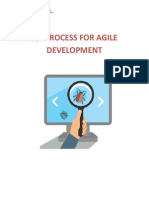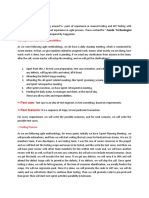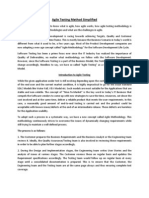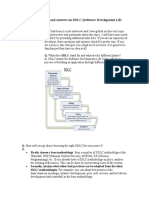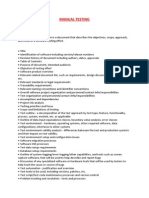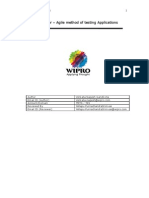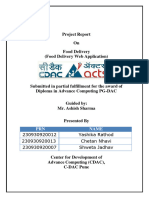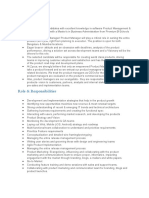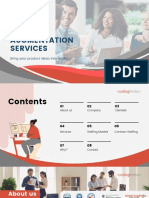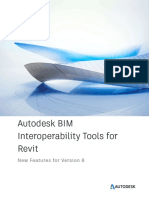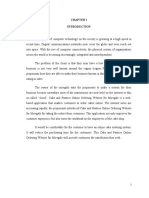0% found this document useful (0 votes)
16 views6 pagesB Testing Process
The document outlines best practices for bug documentation and reporting, detailing the bug lifecycle, SDLC and STLC stages, and the testing approach for features and acceptance criteria. It also explains the Agile methodology, including the roles of Product and Sprint Backlogs, and provides a comprehensive overview of the release process from preparation to post-release support. Key elements such as test plans, sprint planning, and communication strategies are highlighted to ensure effective software development and testing.
Uploaded by
rajat.kumarCopyright
© © All Rights Reserved
We take content rights seriously. If you suspect this is your content, claim it here.
Available Formats
Download as PDF, TXT or read online on Scribd
0% found this document useful (0 votes)
16 views6 pagesB Testing Process
The document outlines best practices for bug documentation and reporting, detailing the bug lifecycle, SDLC and STLC stages, and the testing approach for features and acceptance criteria. It also explains the Agile methodology, including the roles of Product and Sprint Backlogs, and provides a comprehensive overview of the release process from preparation to post-release support. Key elements such as test plans, sprint planning, and communication strategies are highlighted to ensure effective software development and testing.
Uploaded by
rajat.kumarCopyright
© © All Rights Reserved
We take content rights seriously. If you suspect this is your content, claim it here.
Available Formats
Download as PDF, TXT or read online on Scribd
/ 6










